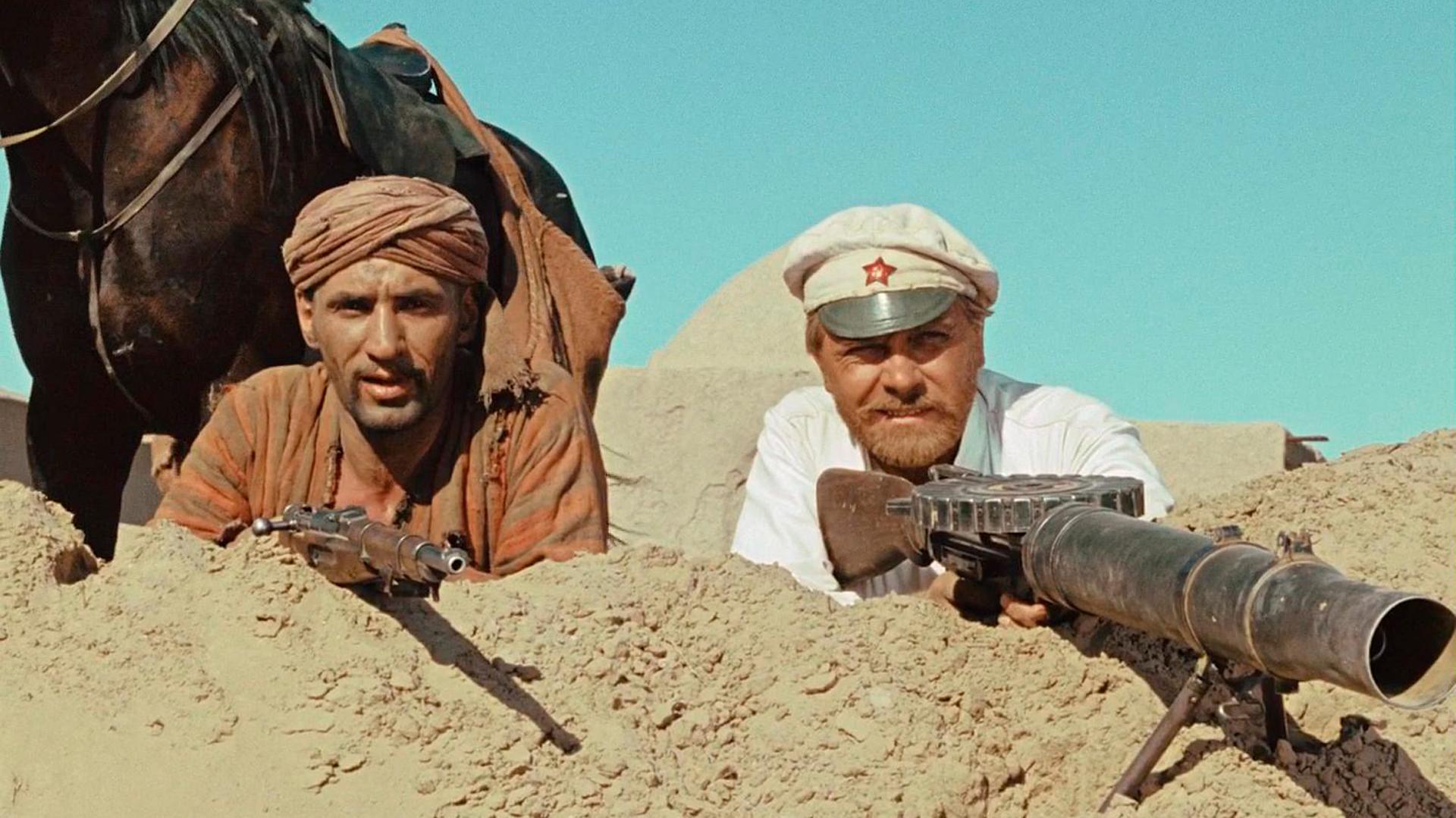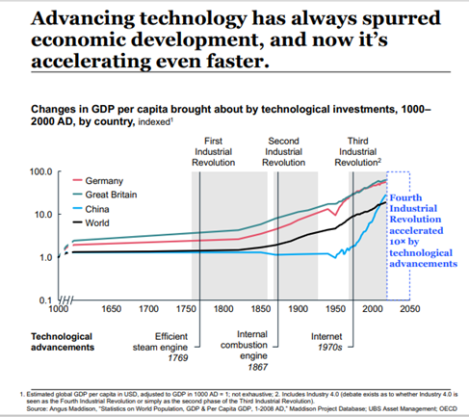By Damian Andres Sabatini MA Material and Visual Culture, 2022-23 As a child who grew up during the 1990s and 2000s, I have witnessed the artificial operation that propels the rhetoric of renewal
By
Damian Andres Sabatini
MA Material and Visual Culture, 2022-23
1998 marked a pivotal moment in the world of cinema, with the iconic sci-fi filmmaker from the 1970s, George Lucas, presenting his new masterpiece: Star Wars Episode I: The Phantom Menace. This film was hailed as a groundbreaking milestone, poised to usher in a new era of digital filmmaking that had long been anticipated (Belton 2002: 103-104).
The ambitious project made a series of promises that were deemed “revolutionary”. It vowed to guarantee a deeper durability by releasing moving images from the materiality of celluloid. Moreover, it aimed to democratise the medium by radically reducing productional costs. Another aspect of its vision was to create new virtual universes through groundbreaking visual effects. These were all pledges that, amongst others, sought to deliver a revolutionary proposition, a total replacement of the previous analogic system.
Nevertheless, it would be naïve of us to ignore the debates implicated in such a substitution. Belton (2002: 18) shows how some filmmakers perceived this discourse of improvement as problematic. They questioned whether digital innovation truly equated to enhancement or if it simply fuelled an obsession with renovations. What was not sufficiently demonstrated, however, was how it mobilised a dynamic that reinforced a peculiarly Western perspective on time.
Digitality is part of a wider material process that continuously supports a progressive narrative of time. This process involves replacing an “obsolete” material context with a new one that is explicitly understood as better in its rhythms, image quality, and sound atmosphere. Implicitly, this transformation represents a reconfiguration of an existing material infrastructure. The underlying purpose of these changes is to place specific entanglements on a particular point of a timeline divided into three discrete categories: the past, the present, and the future, where the past is consistently portrayed as negative and inferior, and the present is idealised as an improved state—a more desirable and meaningful experience worth embracing.
 Figure 2. A frame of Naboo, a planet made for Star Wars Episode I: The Phantom Menace, designed in a completely digital fashion.
Figure 2. A frame of Naboo, a planet made for Star Wars Episode I: The Phantom Menace, designed in a completely digital fashion.
Doubting in memory
As a child who grew up during the 1990s and 2000s, I have witnessed the artificial operation that propels the rhetoric of renewal. The transition from cassettes to DVDs, celluloid to gigabytes—an endless pursuit of new advancements—instilled suspicion within me. Surrounded by VHS cassettes and screen grains, I never noticed any deficiency in my childhood CRT TV to transport me into the realms of fiction. Twenty years ago, the analogue universe was there, complete. I was a delighted spectator of its movements and rhythms. It was a perfect world where no improvements were required.
Over the years, new cables, flatter TVs, and the ubiquitous presence of laptops became a testament to the fading relevance of my VHS experiences. More than sharing the excitement of every new technological innovation, I soon understood that a certain cinematic era had finished. It became a displaced past, a material relic, an old-fashioned memory with well defined contours. Today, twenty years later, countless comparisons, feasibly imperceptible to many, denounce the mistakes of celluloid. The once-enchanting grainy visual texture of analogue cinema is now seen as a technological imperfection only possible under the conditions of the past.
Now, this personal apprehension is not an isolated thought devoid of theoretical foundation. Knowles (2011) argues that cinematic shifts are the result of the culture of obsolescence, one in which capitalism and its distinctive “web of technological and consumer commodity economics” inserts entire material and visual entanglements into an endless “liberatory and democratizing utopian rhetoric of the new” (2011: 2). In this circuit, certain material associations are cloistered on specified points of a timeline (past–present–future) which allows Western culture to confirm the novelty and uniquity of its present.
The entire biography of cinema is an illustration of how the substitutional mechanism has been repeatedly removing and replacing old and new periods: I) 1885: the appearance of the first motion picture; II) 1927: the introduction of sound; III) 1935: the arrival and expansion of colour cinema; IV) 1955: the implementation of Cinemascope Wide Screen; V) 1990: the popularisation of digital audio; and VI) 1999: DLP Cinema Premieres (see Belton 2002: 99).
 Figure 3. Christopher Nolan filming with an IMAX Camera. The filmmaker has become an icon of preferring film cameras over digital ones.
Figure 3. Christopher Nolan filming with an IMAX Camera. The filmmaker has become an icon of preferring film cameras over digital ones.
Now, those transitional moments are especially intriguing because they are associated with emergent cinematic styles, encompassing certain narrative and aesthetic constructs. Nichols refers to these alterations as “modes” which are commonly justified as enhancements to the “perceived deficiencies” (2001: 101) in previous contexts. But in Nichol’s terms, they should be understood more as epochal shifts in representation rather than mere technical advancements. In other words, they should be recognised as representational substitutions facilitated by technical and linguistic switches, rather than mere attempts to resolve previous blemishes.
However, Nichols does not consider genres as closed constructs destined to remain frozen at a certain point in the aforementioned timeline (2001: 101-102). Instead, they are constantly reprocessed and adapted to cinematic presents. This is to say that, rather than delineating a progressive framework, they configure different ways of making and presenting cinema. Ultimately, this perspective emphasises genres’ ability to coexist in the same cinematic temporality.
I suggest, nonetheless, that when past modes intersect with the cinematic present, they undergo new technical entanglements that result in various reconfigurations in colour balance, rhythmic cadence, lighting equilibrium, etc. In the end, these adaptations accommodate past formats into novel technical and narrative contexts in order to sustain the rhetoric of enhancement. The version of a genre produced in the past, without updates, is a representation of the underdeveloped cinema, whereas the new version confirms its natural evolutionary improvement. TV news, for instance, is constantly incorporating new techniques and aesthetics. And that adaptation to new camera resolutions, framing formats, and caption fonts, allow us to distinguish and situate a particular news within a specific century, decade, or year.
The suggestion that cinema works by reinforcing a culturally constructed notion of time, implies a relativism and the possibility of multiple temporalities. This conceptualisation challenges the rational notion that time is precise, fixed, and stable. It reconfigures time as fluid, malleable, and subject to shaping and reshaping processes determined by social dynamics.
 Figure 4. A frame from Tarkovsky’s Nostalghia (1983). Time, and how we experience it, is a core theme in Tarkovsky’s cinematography.
Figure 4. A frame from Tarkovsky’s Nostalghia (1983). Time, and how we experience it, is a core theme in Tarkovsky’s cinematography.
Cinematic temporal movements
Deleuze’s (1998) conceptual framework on cinema and time aligns with my view. In contrast to Plato’s analogical thinking, Deleuze sees cinema as a medium that establishes a unique relationship between image and time governed by the principle of difference. Cinematic imaginary does not depart from an idealised and fixed notion of time (as Plato’s perspective suggests) but by undermining such categories, installing a perpetual difference. Such conceptualization recognises time as malleable, and thereby continuously challenges the possibility of an identical and stable being. Deleuze refers to this form of cinematographic time as the “time-image”, a rhetoric of deterritorialization where everything that takes root can be displaced—a deterritorialization, however, that generates singularities, self-contained entities that are always emerging.
Temporal cinematic frames (or genres) are examples of such singularisations. They are semi-defined frames which try to encapsulate a range of artistic possibilities, namely, conventions of a particular epoch. These genres establish time atmospheres that shape the experiences of both filmmakers and spectators. Such a conception aligns with Andre Bazin’s metaphor of cinematic time as a “mask” or “moulde” (2005: 6), as well as with Andrei Tarkovsky’s apprehension of filmmakers as sculptors (1987: 63). In Tarkovsky’s perspective, artists act by mastering time aesthetically. Just like sculptors working with a “lump of marble”, filmmakers take a “lump of time”, comprised of a solid cluster of living moments, and transform it into a peculiar sculpture, a unique temporal experience. Artists’ actions, nevertheless, cannot be understood in isolation; they are inherently circumscribed by a range of cinematographic possibilities akin to a cinematic episteme (Foucault 1970), in which only a precise set of temporalities can be produced.
As a recursive exercise, we can envision those temporal cinematic frames as bubbles of time, each one fluidly determining individual actions and continuously shaping the conditions for new temporal bubbles to emerge. In this metaphorical depiction, digitality is the bubble situated at the forefront of a column, composed of numerous bubbles containing transitional images—some coloured and vibrant, others uncoloured and silent. In its denouement, films are products and catalysts of such bubbles; they are particular flows in which artists and spectators can live and create transitional temporal forms serially. However, the role of the film does not stop there. It also reinforces the specifically Western perspective on time as something linear and progressive. By allocating those temporal bubbles to particular time-points, films strengthen the Western triadic notion based on a depreciated past, a distinct present, and a promising future. Cinema—far for being just oriented to entertainment—assumes the role of organising a progressive passage of time and allocating different temporalities in a rhetoric of improvement.
Title image: A still from the film Nostalghia (1983) by Andrei Tarkovsky.
Bazin, A. (2005) What is Cinema? Volume 1. Berkeley, CA: University of California Press. Belton, J. (2002) Digital Cinema: A False Revolution. Obsolescence 100: 98–114. Deleuze, G (1989) Cinema 2: The Time-Image. Minneapolis, MN: University of Minnesota Press. Foucault, M. (1970 [1966]) The Order of Things: An Archaeology of the Human Sciences. London: Tavistock Publications. Knowles, K. (2011) Analog Obsolescence and the “Death of Cinema” Debate: The Case of Experimental Film, MiT7 Conference: Unstable Platforms: The Promise and Peril of Transition, pp. 1–11. 13–15 May, Massachusetts Institute of Technology, Boston, MA. Nichols, B. (2001) What Types of Documentary Are There? In B. Nichols (ed.) Introduction to Documentary, pp. 99–138. Bloomington, IN: Indiana University Press.Tarkovsky, A. (1987) Sculpting in Time. Austin, TX: University of Texas Press.














